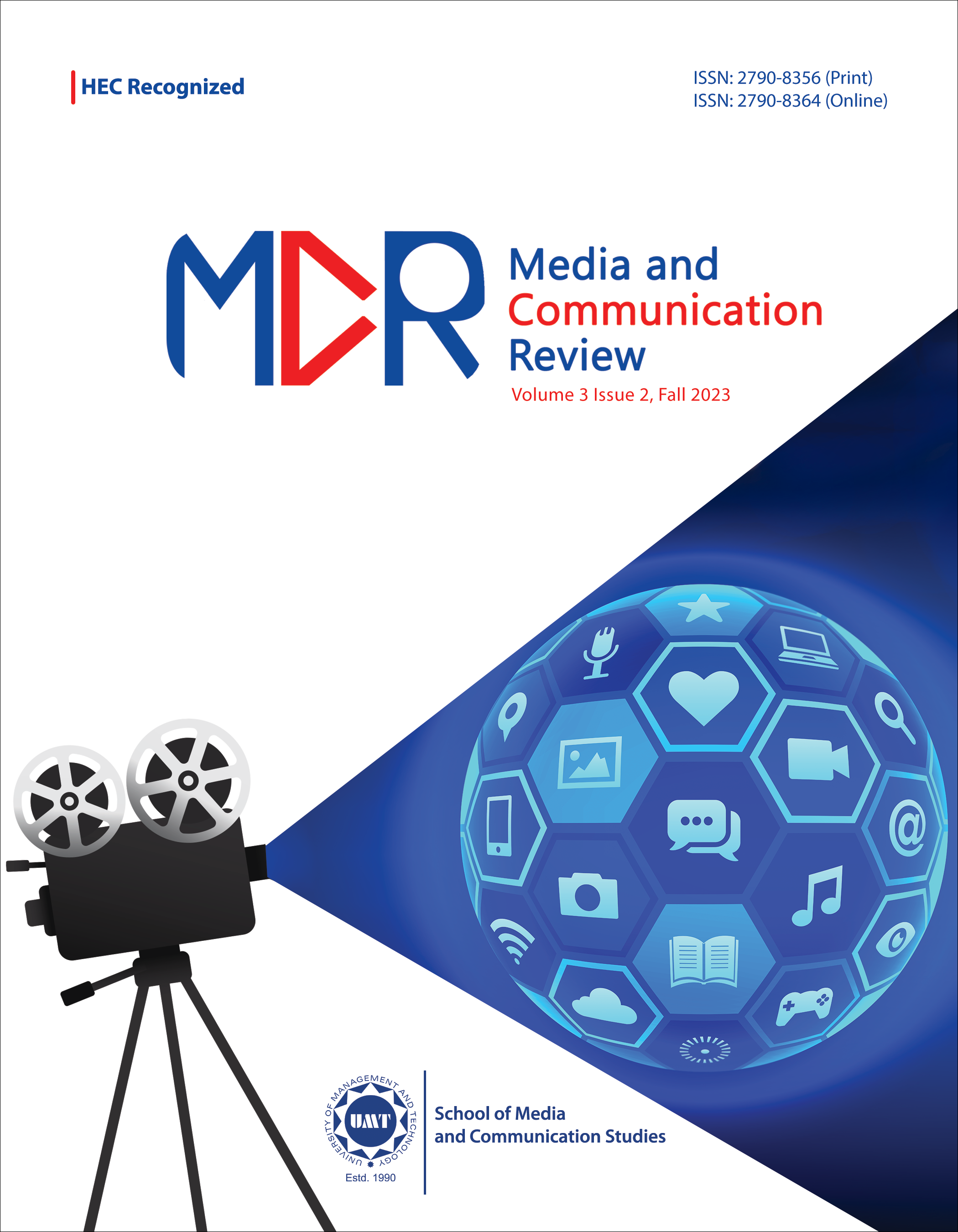Revisiting Climate Change News Coverage through the Cosmo Journalistic Relational Model – A Case Study of Pakistan
Abstract
 Abstract Views: 0
Abstract Views: 0
Climate change is a global issue because of its characterization as a universal, immeasurable and irreversible phenomenon that is producing natural disasters. The study draws on face-to-face, in-depth semi-structured interviews of Pakistani media professionals. The researchers employed a multi-stage model of case studies to identify the media professionals by using a networking sampling technique for the selection of the media professionals. The data was collected from 51 journalists working on environmental journalism in Pakistan. A thematic analysis of the transcribed data was performed. The study concludes that the rise and fall of news coverage from the national perspective cages social processes and actors within the national borders and ignores global processes and actors. The cosmo journalistic relational model suggests that the rise and fall in climate change news coverage is the result of both local and global social processes and actors.
Downloads
Copyright (c) 2024 Kasim Sharif

This work is licensed under a Creative Commons Attribution 4.0 International License.
Copyrights © Author(s) 2021




